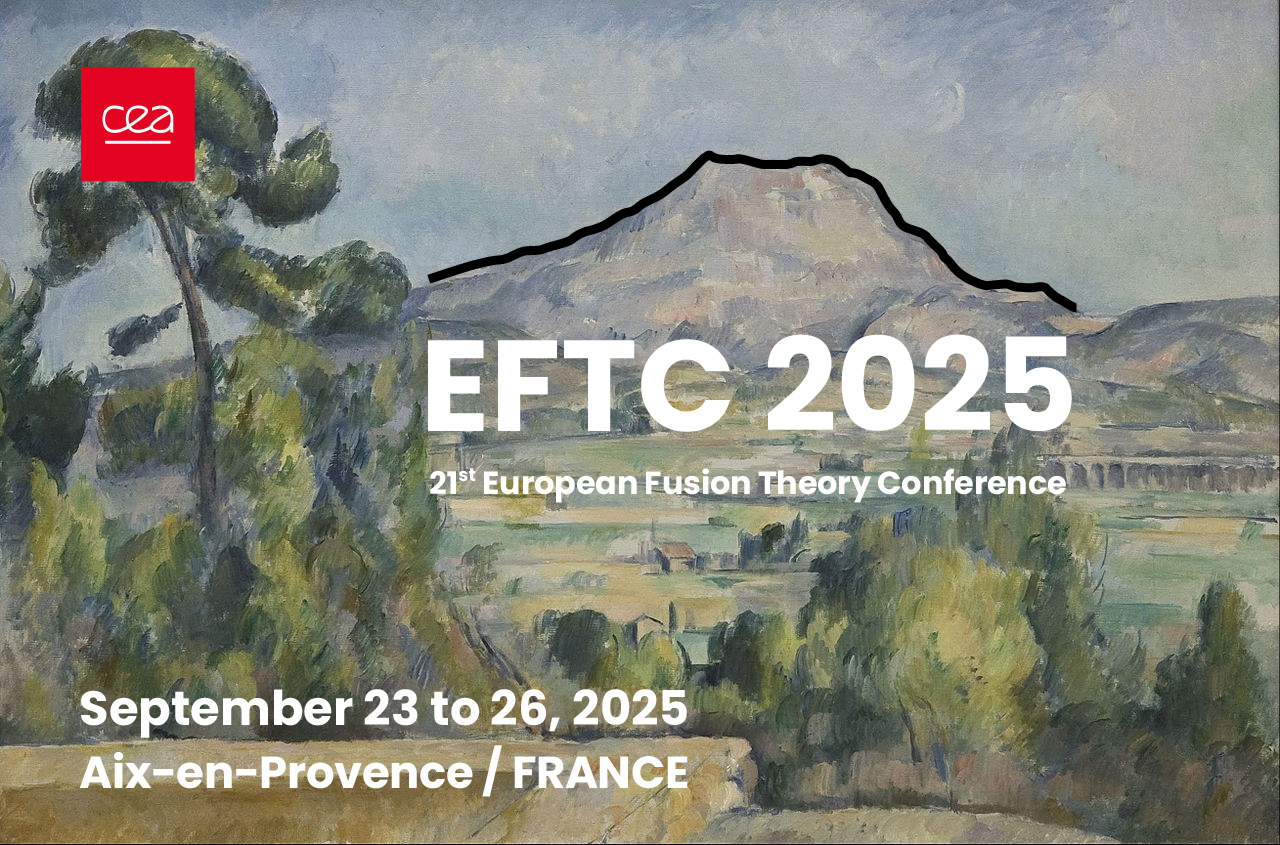Speaker
Description
Burning plasmas in fusion reactors are complex systems where energetic particles (EP) play a fundamental role in cross-scale interactions [1]. This study reviews phase space zonal structures (PSZS) [2-5] and their significance in transport analyses. Using synthetic diagnostics from the HMGC and ORB5 codes [6,7], we illustrate the role of PSZS in capturing transport dynamics in burning plasmas Gyrokinetic simulations accurately. While transport studies assume Maxwellian equilibria, for EPs and burning plasmas in general, a more comprehensive description is needed to capture self-organization processes. By deriving governing equations for PSZS using multi-scale perturbation theory, we can model modifications of the equilibrium caused by resonant interactions. This approach allows us to recover standard transport equations in the proper limit.
A new phase space transport workflow called ATEP [8] is proposed to accurately describe PSZS dynamics. This workflow enables us to restart Global Gyrokinetic codes from PSZS distributions, extending simulations over long time scales without assuming a model distribution function. By comparing global gyrokinetic simulation results, e.g, from ORB5, and ATEP we effectively construct a hierarchical approach for PSZS evolution. Additionally, we introduce the Dyson-Schrödinger model (DSM) [9]in the hierarchy of transport models, filling the gap between ORB5 and ATEP. A numerical workflow [10] based on the PEANUTS suite of codes is presented to solve DSM.

